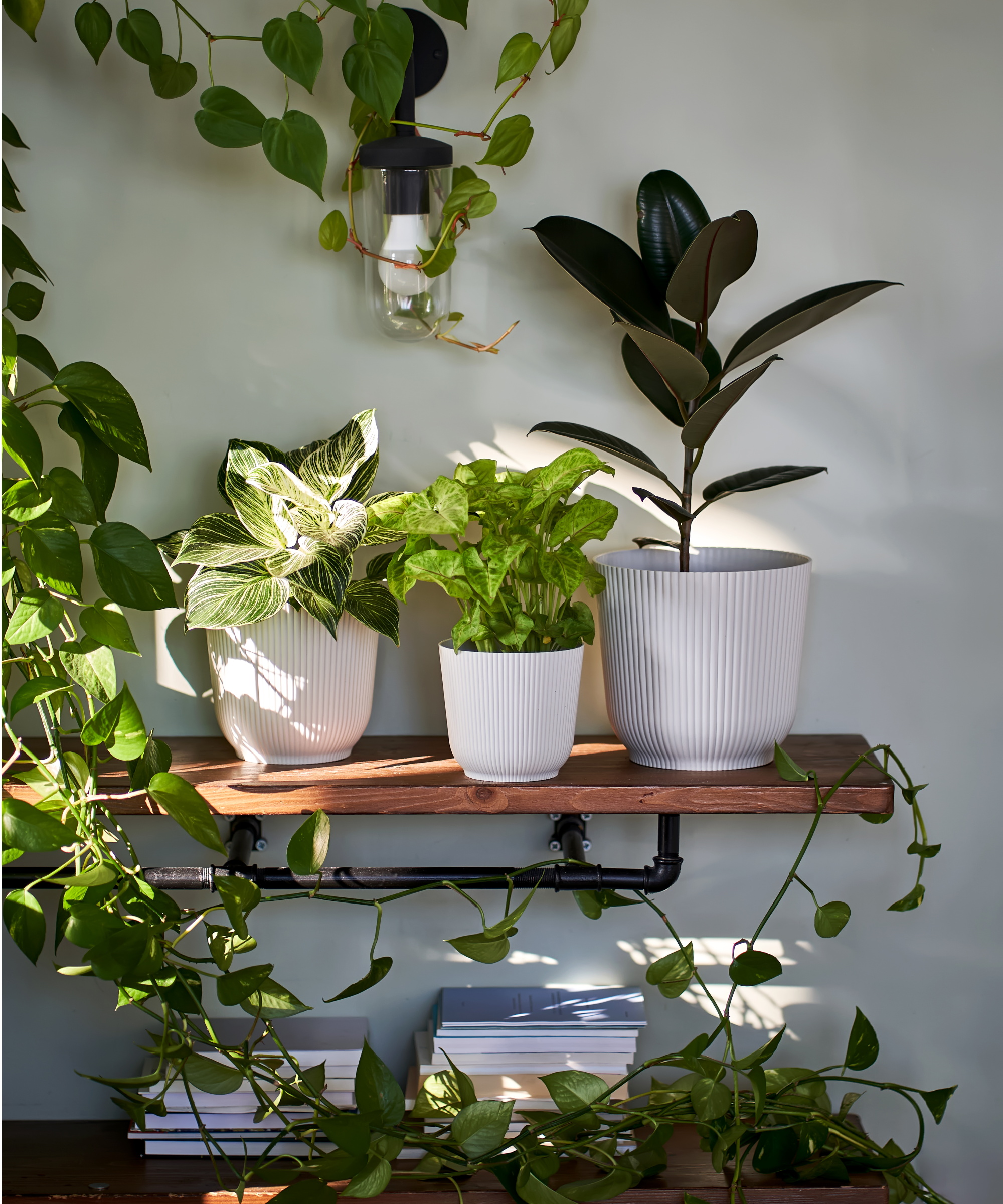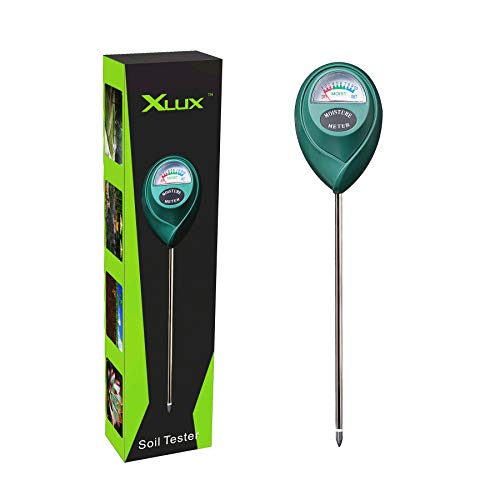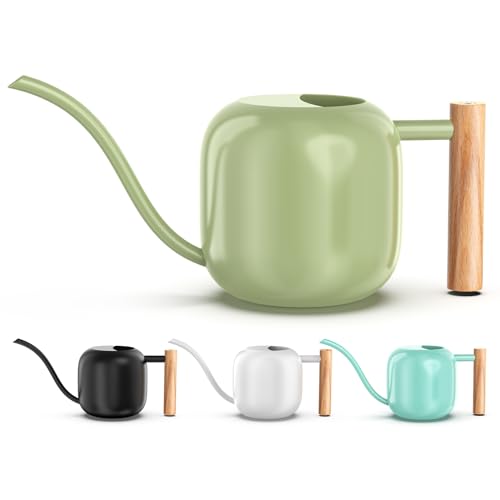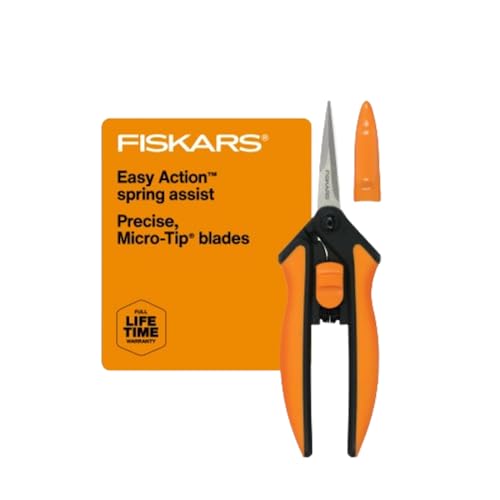How to fertilize houseplants – I always follow these 2 simple rules and now they continuously put on new growth every summer
It's all about choosing the best type of fertilizer and getting the timing right to feed your houseplants correctly


Now the warmer months are here, you may be hearing a lot about the need to fertilize houseplants. This is because your indoor plants benefit from feeding when they're actively growing, in spring and summer. But, it isn't just a case of using any fertilizer at any frequency, there's actually a few rules to follow when it comes to how to fertilize houseplants.
I won't lie, learning how to correctly fertilize indoor plants has taken me a while to master. It's incredibly easy to unintentionally over or under-fertilize plants, a common indoor plant mistake that can hinder houseplant health and, in a worst case scenario, even kill them off.
But, don't worry. If you're new to houseplant care, fertilizing isn't as complicated as it may initially seem. You just need to understand a few basics, which I've compiled right here to help you out.

How to fertilize houseplants
If you're not aware of what fertilizing does for plants, it essentially gives plants a boost of nutrients where they have otherwise depleted from soil over time. Establishing a fertilizing routine can therefore really aid robust growth.
I find the key to knowing how to fertilize houseplants comes down to knowing when to fertilize houseplants. Getting the timing wrong could be detrimental to the health of your houseplants, so it's best to avoid this fertilizing mistake:
When I fertilize my houseplants

As a general rule, you should only fertilize houseplants during spring and summer. This is when the majority of indoor plants are actively putting on new growth and when they need the boost of essential plant nutrients most.
In fact, it's a winter houseplant care mistake to fertilize houseplants during the coldest time of year. This is because they won't soak it up as easily in summer (likewise with water) and it could actually burn roots or oversaturate the soil, leading to houseplant root rot.
Design expertise in your inbox – from inspiring decorating ideas and beautiful celebrity homes to practical gardening advice and shopping round-ups.
On a more granular level, it's best practice to understand the fertilizing needs specific to the houseplants you have.
For example, I fertilize my monstera much more frequently (every couple of weeks) than my spider plant, which is a houseplant you don't need to fertilize often.
There aren't necessarily tell-tale signs as to whether your houseplant is a heavy feeder, so it's wise to do some research on a case-by-case scenario.
Another tip: specific houseplant fertilizers (like this monstera fertilizer from Amazon or this peace lily fertilizer from Amazon) provide insight about frequency in the manufacturer instructions.
If you're unsure, however, a general rule of thumb I recommend is fertilizing houseplants no more than every two or three weeks during spring and summer.
How I use different types of houseplant fertilizer

Another factor in understanding how to fertilize houseplants is the many types of houseplant fertilizers available.
I initially found it quite overwhelming to navigate all the options in the market, trying to find the best houseplant fertilizer. That was until I realized that each houseplant has differing needs and differing fertilizer preferences.
Not only this, but sometimes different types of fertilizer are best for helping a houseplant recover from a specific problem:
- Liquid fertilizer: This is the most common type of houseplant fertilizer on the market and perhaps the most convenient to use. You can get balanced houseplant fertilizers (from Amazon) for general use, or ones with varying plant fertilizer numbers to support more leafy or floral growth (like this indoor flower plant fertilizer from Amazon). You use a liquid fertilizer by diluting with watering and then watering houseplants as usual.
- Slow release fertilizer: This is a granular fertilizer (like this slow release houseplant fertilizer from Amazon) applied to the base of houseplants. Each time houseplants are watered, more of the fertilizer is released, gradually feeding houseplants over a longer period of time. This is a great choice to provide consistent feeding for healthy houseplants, but I've also used it to help a houseplant recover when it's looked a little weak and worse for wear after the harsher conditions of winter.
- Organic fertilizer: I find using organic fertilizer, such as coffee ground fertilizer for houseplants, is a great way to boost nutrients without chemicals. This is especially helpful when your houseplant has experienced some damage, such as yellowing foliage, and needs a source of nitrogen, for example. Likewise, banana peels are good for plants that need a boost of potassium. In cases of organic fertilizer, it's best to apply it directly to houseplant soil, around the base of the plant so roots can soak up nutrients from it as the organic matter breaks down. Of course, this is a much slower process than the instant feed of liquid fertilizer.
- Foliar fertilizer: There are also foliar houseplant fertilizers (from Amazon) which are in a mist-form, applied directly to foliage. Tiny pores in houseplant leaves absorb the fertilizer, often at a much faster rate than other fertilizers. The one downside of this, however, is sensitive foliage may become susceptible to leaf scorch when wet from foliar fertilizers and then exposed to direct sun. Nevertheless, it's a quick fix for plants struggling from nutrient deficiencies, just take care not to oversaturate the foliage.
FAQs
Can you revive houseplants from over-fertilization?
Yes, it is possible to revive houseplants from over-fertilization, but it depends on how bad the damage is. If your houseplants only have a few yellow leaves from too-frequent fertilizing, simply prune away the damaged leaves and provide optimal care, including keeping the plant hydrated and placing it in good light. You should also flush the soil to remove excess fertilizer and a build-up of salt. You may also choose to repot your houseplant with fresh potting soil. Avoid fertilizing again until the plant has recovered.
Once you've mastered the skill of feeding your houseplants, you might want to experiment with some DIY mixtures. Follow my guide to making your own orchid fertilizer, for example – a recipe that helps my orchids bloom for longer.
Don't forget these essentials for your houseplant care kit

Tenielle is a Gardens Content Editor at Homes & Gardens. She holds a qualification in MA Magazine Journalism and has over six years of journalistic experience. Before coming to Homes & Gardens, Tenielle was in the editorial department at the Royal Horticultural Society and worked on The Garden magazine. As our in-house houseplant expert, Tenielle writes on a range of solutions to houseplant problems, as well as other 'how to' guides, inspiring garden projects, and the latest gardening news. When she isn't writing, Tenielle can be found propagating her ever-growing collection of indoor plants, helping others overcome common houseplant pests and diseases, volunteering at a local gardening club, and attending gardening workshops, like a composting masterclass.
You must confirm your public display name before commenting
Please logout and then login again, you will then be prompted to enter your display name.


